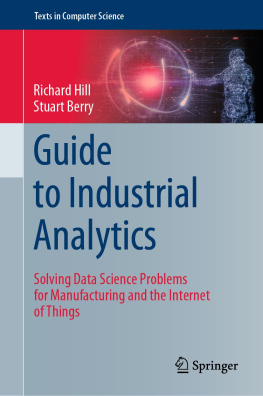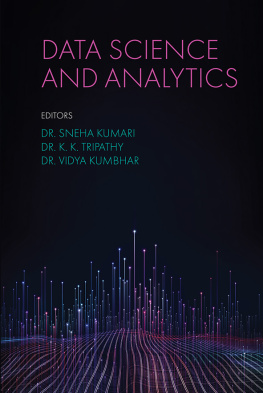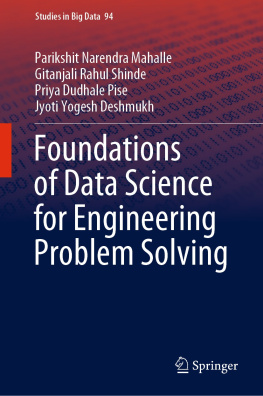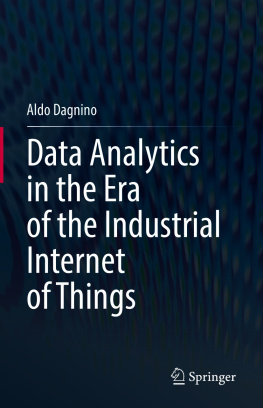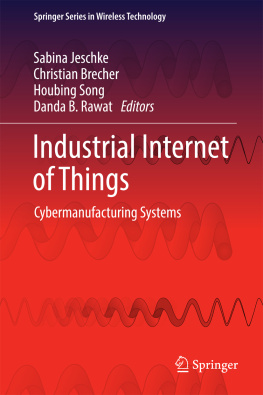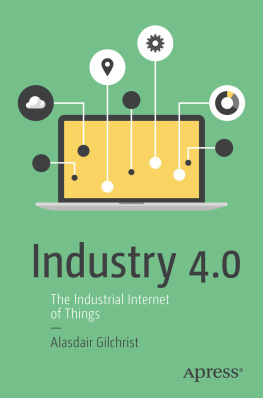Richard Hill
Department of Computer Science, University of Huddersfield, Huddersfield, UK
Stuart Berry
Department of Computing and Mathematics, University of Derby, Derby, UK
ISSN 1868-0941 e-ISSN 1868-095X
Texts in Computer Science
ISBN 978-3-030-79103-2 e-ISBN 978-3-030-79104-9
https://doi.org/10.1007/978-3-030-79104-9
Springer Nature Switzerland AG 2021
This work is subject to copyright. All rights are reserved by the Publisher, whether the whole or part of the material is concerned, specifically the rights of translation, reprinting, reuse of illustrations, recitation, broadcasting, reproduction on microfilms or in any other physical way, and transmission or information storage and retrieval, electronic adaptation, computer software, or by similar or dissimilar methodology now known or hereafter developed.
The use of general descriptive names, registered names, trademarks, service marks, etc. in this publication does not imply, even in the absence of a specific statement, that such names are exempt from the relevant protective laws and regulations and therefore free for general use.
The publisher, the authors and the editors are safe to assume that the advice and information in this book are believed to be true and accurate at the date of publication. Neither the publisher nor the authors or the editors give a warranty, expressed or implied, with respect to the material contained herein or for any errors or omissions that may have been made. The publisher remains neutral with regard to jurisdictional claims in published maps and institutional affiliations.
This Springer imprint is published by the registered company Springer Nature Switzerland AG
The registered company address is: Gewerbestrasse 11, 6330 Cham, Switzerland
Foreword
Industrialisation is an essential part of global economic development. Central to this development is technology; creating of new ways of doing things to enhance quality, repeatability and to discover new frontiers of value creation.
The automotive and aerospace industries have been prime movers in the advancement of the application of technology to improve lives and generate wealth. Both the outputs of these industries, and the environments in which they are produced, require a continual application and adaptation of technology to make our activities safer, more affordable and ultimately more sustainable, as the global community becomes aware of our collective need to reduce the consumption of increasingly scarce natural resources.
Thus, innovation is one of our primary tools to address current and future challenges. Innovation gives the ability to respond rapidly to emergent situations and to make reasoned sense of historical experience, so that we can learn from the past to inform the future.
Data has always been central to industry; without measurements, quantities, reporting and accounting, we would not have been able to make the advancements that have been witnessed through industrialisation.
However, it is more recent developments in computing technologies that are creating new ways to use data to create even more value and more advanced products.
Through widespread application of wireless sensor networks, embedded systems, cloud computing and ubiquitous high speed network infrastructure, we can identify hidden patterns in operational data, store and process vast quantities of data and constantly refine computational algorithms to search, categorise and predict new behaviours in a complex, inter-connected world.
This use of technology to collect, organise, process and consume data provides industry with the ability to monitor performance, automate decision making through condition monitoring and predictive maintenance, create seamless supply chain linkages through the close integration of industrial processes and logistics, leads us to discover and release value streams that were not seen prior to the adoption of analytics technologies. These technologies are key as we enter into a more model-based engineering (MBSE) approach to industrial innovation.
The 2017 UK Government Industrial Strategy has been a catalyst of technology awareness. While the Tier 1 leaders of industry have understood that technology is central to their competitive advantage, other suppliers further down the supply chain have not always been able to keep pace with the early adopters.
Financial constraints such as limited investment have restricted the extent by which small and medium sized enterprises (SME) can explore the benefits of technological innovation until the technology itself becomes more affordable.
We are now at the beginning of an exciting era where technology is relatively inexpensive and the key differentiator between a business that is agile and fit for the future, and one that may struggle to remain sustainable, is the knowledge of how to use dataspecifically the techniques of analyticsto maintain their competitive edge.
Dr. Paul Needham
April 2021
Preface
Overview and Goals
Technology is a key enabler of business, and as computation and storage costs become lower, what was once a vision of computing as a utility is now becoming the reality. Cloud computing models have illustrated how new business value and competitive advantage can be created from new ways of collaboration; inexpensive microprocessors and pervasive broadband networks are facilitating processing power that can be embedded into a constant stream of new applications.
As we start to see the possibilities of physical objects, that are inter-connected to share data, we can start to contemplate the potential of what an Internet of Things (IoT) environment might look like. From an industrial perspective, and especially manufacturing, there is the need to process and move physical objects to create business value.
As organisations strive to differentiate themselves from their competition, new ideas to increase sales revenue places hitherto unrecognisable demands upon the whole manufacturing supply chain.
What were once complex, but manageable challenges in planning, scheduling, production control and logistics, are rapidly becoming situations that are impossible to supervise without automation.
How we automate our industrial processes, to some extent assumes that we know what needs to be automated and that we have the necessary experience and skills to be able to bring the automation to fruition in a reliable way.
At the heart of any investigation into industrial operations is an understanding of:

